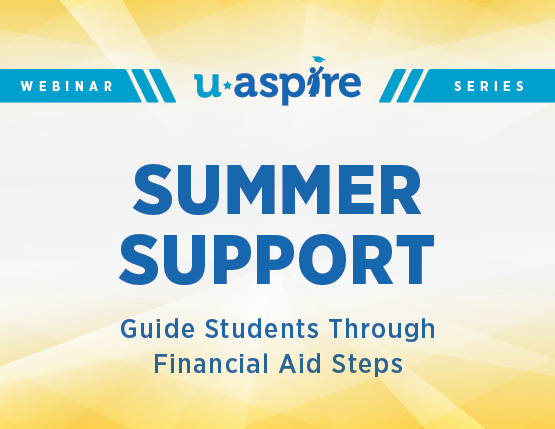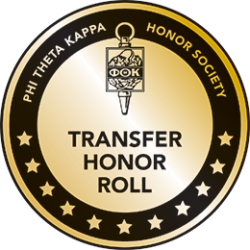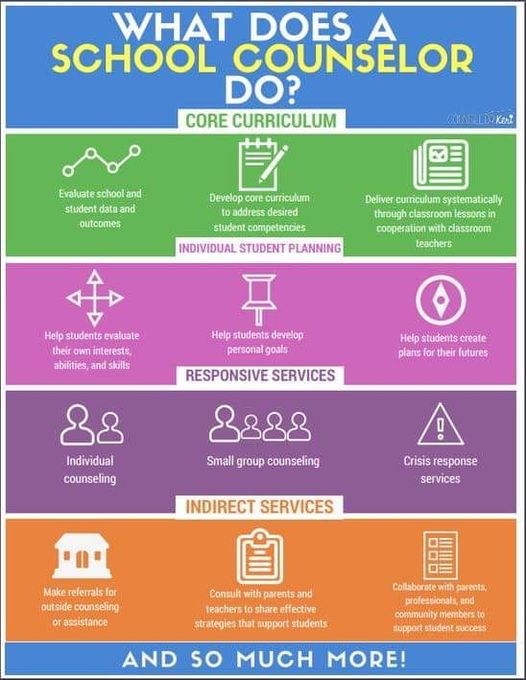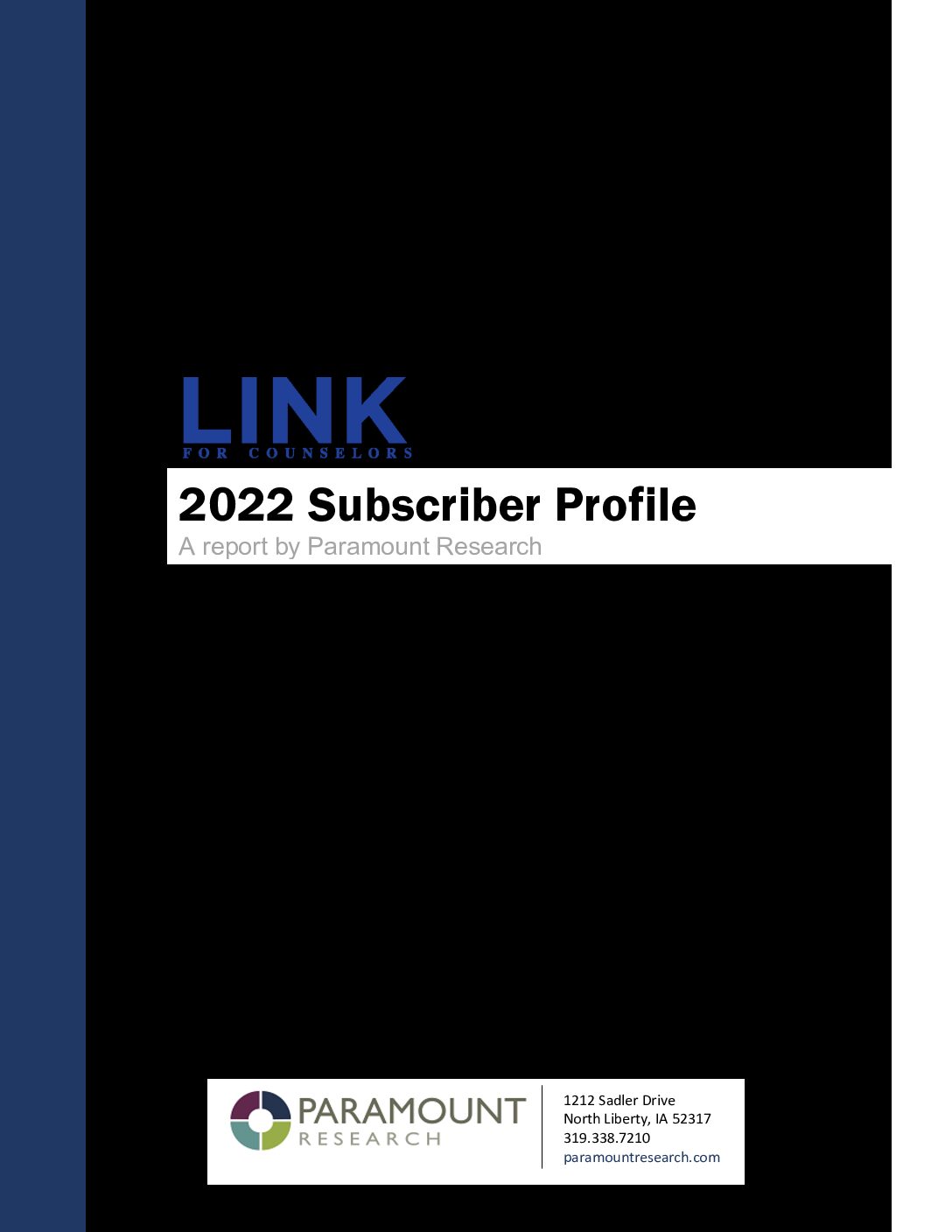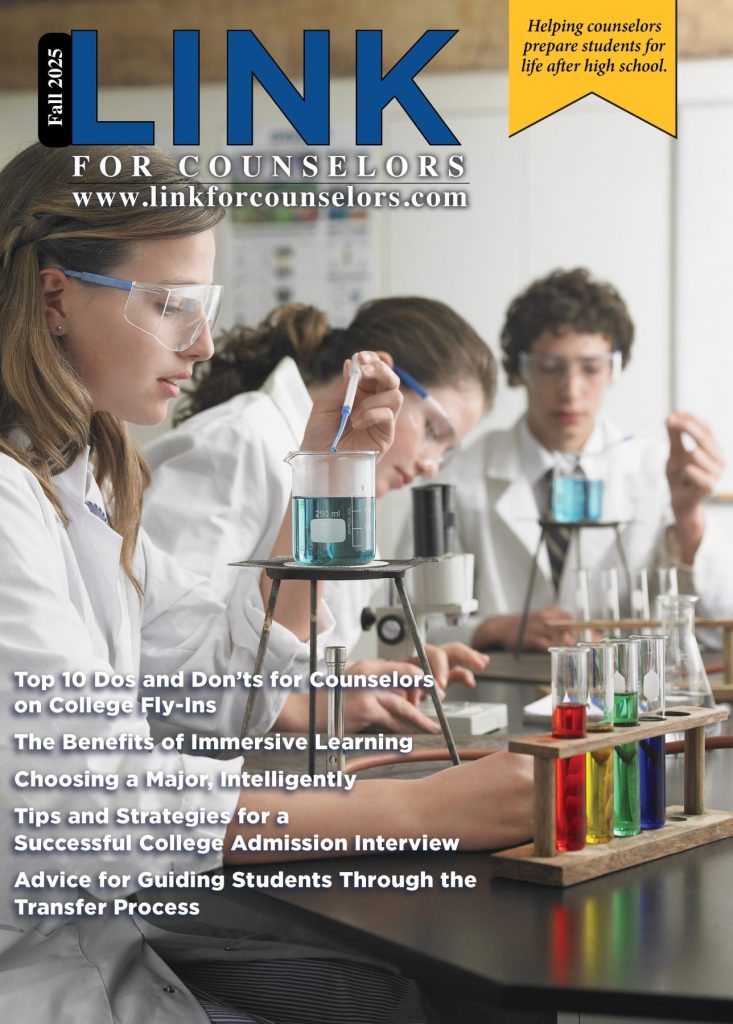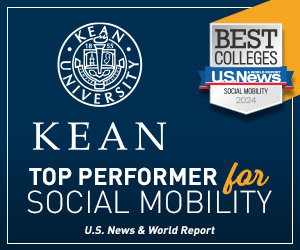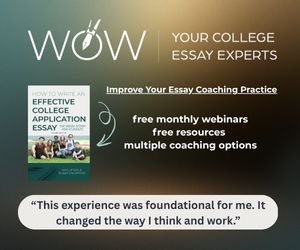Here is What the Experts Have to Say
You have brains in your head. You have feet in your shoes. You can steer yourself in any direction you choose. You’re on your own. And you know what you know. And YOU are the guy who’ll decide where to go.”
– Dr. Seuss, “Oh, The Places You’ll Go”
Where are you going? Deciding can feel overwhelming – especially when it comes to college selection. Is the fact that you’re attending college enough to secure your future, or does it matter which college you go to?
Choosing a college is probably your biggest, most important decision yet. To top it off, you’re facing unfamiliar, uncharted territory. From pre-school through high school, you’ve traveled a familiar path. But as you begin the college application process, the path fills with uncertainty. Why is college important? What colleges can I get into? Where should I go to college?… And, perhaps most important – does it really matter where I attend?
We’ve done the research, asked the experts, and honed in on what you need to know.
The Impact of a College Education
The college will be an exciting, life-changing experience – no matter where you go. Not only will you get an education, make new friends, gain independence, and embrace new experiences, but you’ll also be increasing your future earning potential.
Elka Torpey, the economist with the U.S. Bureau of Labor Statistics (BLS), says data consistently show that employees with higher education levels typically earn more and have lower unemployment rates than employees with less education.
“According to the BLS Current Population Survey, workers with a bachelor’s degree had median weekly earnings of $1,305 in 2020, compared with $781 for workers with a high school diploma,” she said. “The unemployment rate for bachelor’s-level workers was 5.5 percent, compared with 9.0 percent for those whose highest level of education was a high school diploma. So in terms of dollars, education makes sense.”
Your College Experience
What else matters when contemplating how to choose a college? The first step is to think about what you want.
Do you prefer a large university with football games, homecoming parades, and a wider range of academic and social options – or a smaller school with a more personalized learning experience? What social activities are important to you? Maybe you’re a runner, baton twirler, or would love to join a debate team. Look for a college that will allow you to pursue your passions.
Other things to think about when choosing a college are the distance (close to home, or not?), the available academic majors (if you’ve chosen your major, make sure your list of potential colleges offer it), on- and off-campus living facilities, and cost. As mentioned in The Ultimate Guide on How to Choose a College, think about which factors matter most, and look for a college that best suits your individual needs.
Elite Universities…Are they Better?
Ivy League and uber-selective colleges and other prestigious schools definitely carry a level of distinction and look impressive on your résumé. But does it really matter if you go to an elite college versus a one that’s not so selective? More importantly, is an Ivy League education right for you?
Beyond bragging rights, attending a prestigious university does have advantages. Because elite colleges are often considered ‘feeder schools’ for some of the nation’s top employers, students tend to develop outstanding networking opportunities and access to prominent and influential employers. Elite schools also attract top experts and renowned lecturers in their fields.
Some studies indicate that graduates of elite schools may earn more after graduation, but others find those data misleading. Critics dug deeper and found that dedicated, high-achieving students had high-earning potential regardless of where they went to school.
The drawbacks of attending an elite school? Not only do the Ivies cost more than many schools, but because you’d be among the country’s brightest students, the pressure and competition to get in – and stay in – can be intense. Most Ivy League and similarly selective colleges have low acceptance rates (this year’s acceptance rates were 4% for Harvard and 3% for Yale).
The bottom line? While many influential individuals attended elite colleges, there are plenty of highly successful people who didn’t. Steve Jobs, Walt Disney, and Morgan Freeman to name a few, attended community college. Don’t rule out elite colleges if they’re a good fit for you, but don’t be discouraged if they’re not.
What Is College Accreditation, and… Does it Matter?
College accreditation is a voluntary, rigorous quality assurance review by an authorized independent accreditation agency. It ensures that an institution of higher learning complies with important criteria and meets – and maintains – strict quality standards. Because accreditation is not required, not all colleges pursue it. But…does accreditation really matter? Most experts say yes.
A college education is expensive, and many students rely on scholarships and financial aid. However, federal financial aid is only available to accredited colleges and universities. Also, if you plan to attend graduate school or transfer to another college, credits from a non-accredited school may not be transferable to an accredited school.
If you’re interested in a non-accredited college, research it thoroughly to ensure that your degree will be accepted by prospective employers, your credits will be transferable to other colleges, and that the school is licensed by the state. If your chosen profession requires a license (e.g., mental health counselor), make sure a degree from the college prepares you to sit for the licensing exam.
To find out if a college is accredited, check out the U.S. Department of Education’s database of Accredited Postsecondary Institutions and Programs.
What Matters Most?
It’s clear that there are many important things to know when choosing a college. With literally thousands of colleges and universities in the world, how will you decide which one is right for you? Will a large public university make you more successful than a smaller private liberal arts college? Will graduating from an Ivy League institution give you the upper hand? Experts agree that YOU are the most important factor.
A 2013 Gallup Poll that surveyed more than 600 U.S. business leaders concluded that the amount of knowledge and skill candidates have in a field is more important than where they attended college. Surprisingly, employers ranked as least important where a candidate attended college. More recent studies concur that it’s the quality of the student – not the school – that matters most.
Judi Robinovitz, a certified educational planner with more than 30 years of experience, agrees.
“Your dedication, drive, ambition, and commitment as a student matter much more than which college you attend,” she said. “Think about what you want in a college and – instead of worrying about the ‘best’ school in general – focus on finding the best school for you.”
It’s All About You
Research, then, concludes that for most students, where you go to college doesn’t typically matter to others – but it may matter to you. So…take a deep breath, and try not to stress about it. Choose a college that meets your academic and social needs, and make the most of your college experience. Because in the end, Dr. Seuss was right: YOU are the guy – or girl – who’ll decide where to go (…that is truer than true. And there’s no one alive who is you-er than you)!
This post was written by Judi Robinovitz of JRA Educational Consulting and Score Academies. Since 1980, thousands of families have turned to Judi Robinovitz, Certified Educational Planner, and her team of seasoned professionals to help them choose, apply to, and get admitted to their “best fit” schools, colleges, and graduate schools. Check them out at https://www.jraeducationalconsulting.com/
